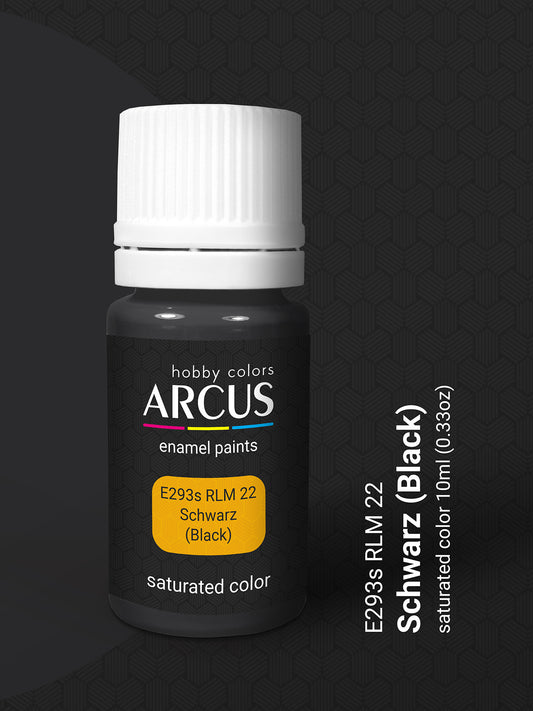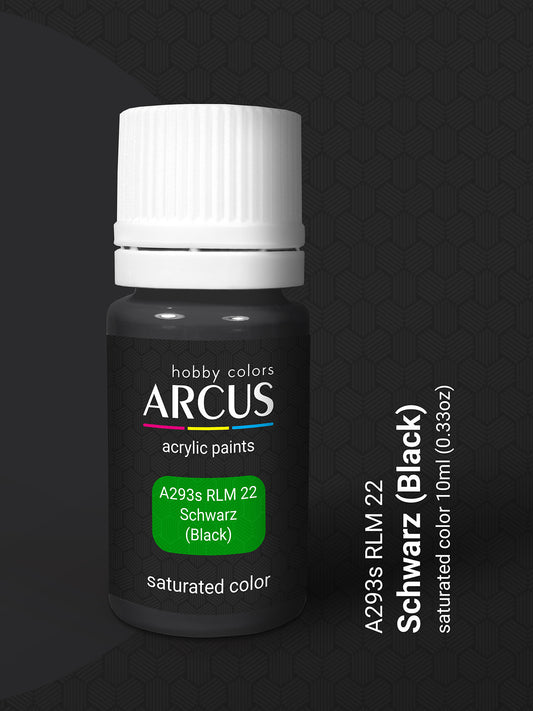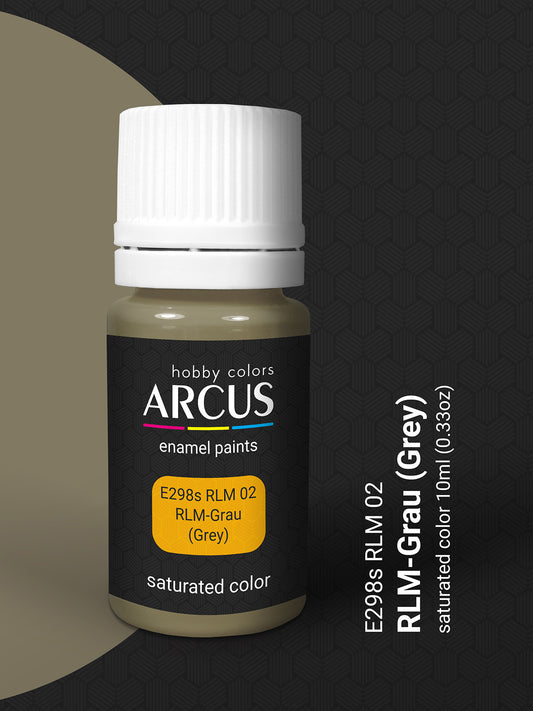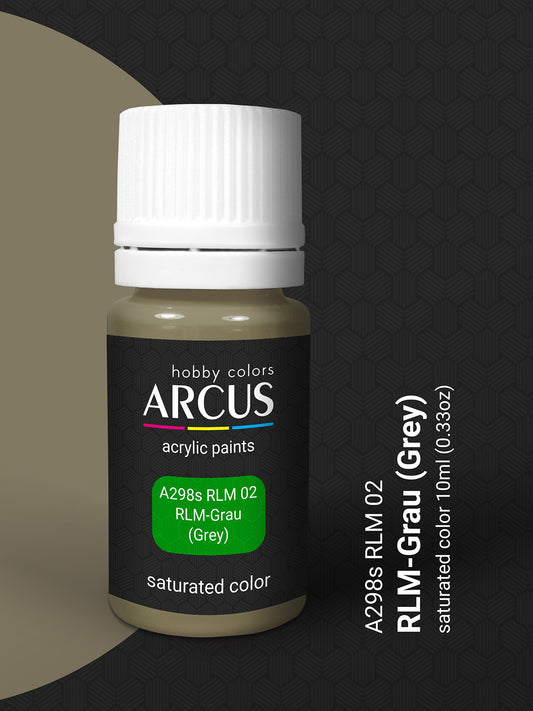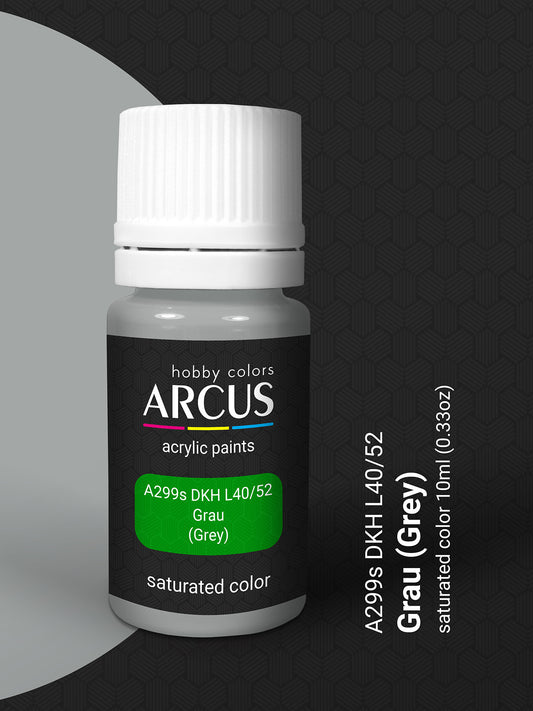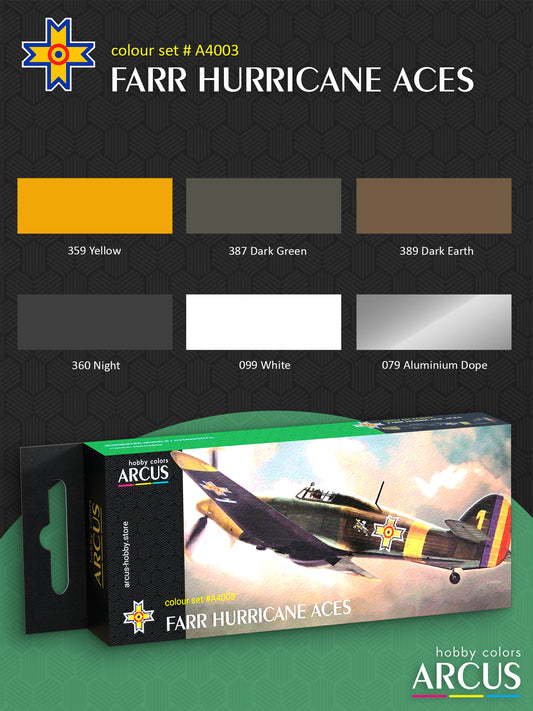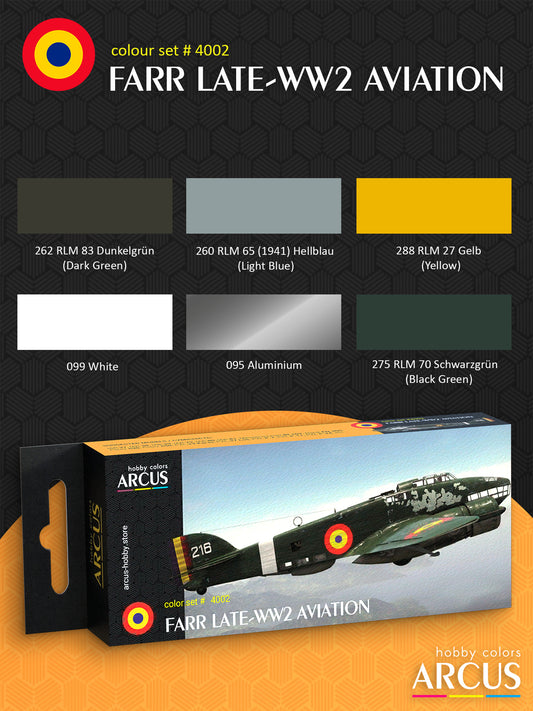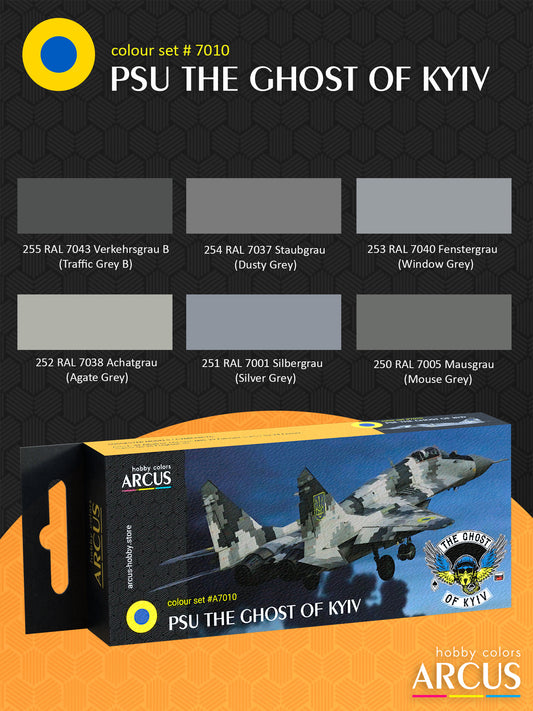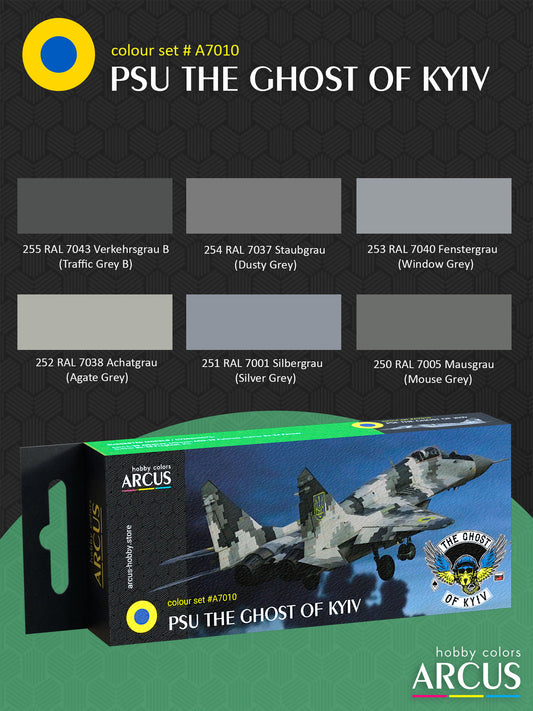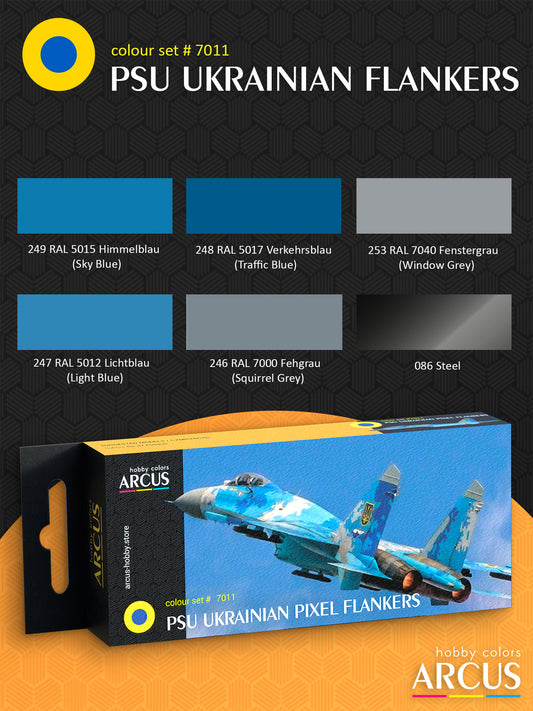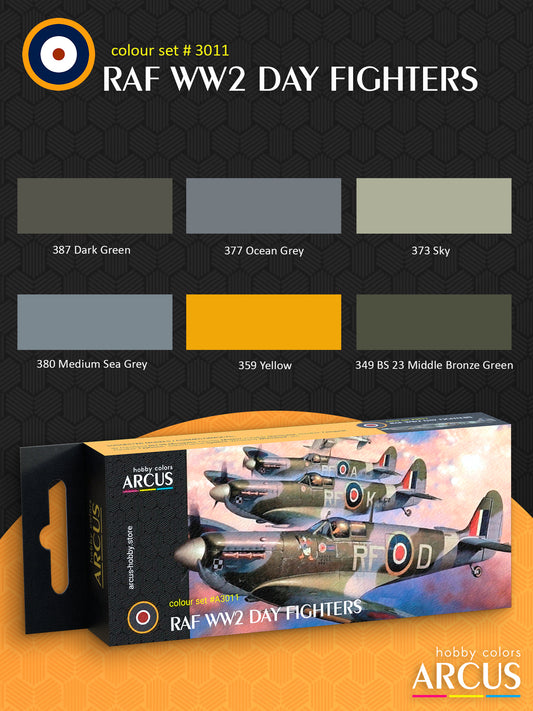Noong Ikalawang Digmaang Pandaigdig, ang Pangkat Panghimpapawid ng Romania, opisyal na kilala bilang Aeronautica Regală Română, ay may mahalagang papel sa mga misyon sa himpapawid. Pangunahing tungkulin nito ang pagsuporta sa mga pwersang panlupa, reconnaissance, pambobomba, at pagbibigay ng proteksyon sa airspace.
Kasaysayan ng Pangkat Panghimpapawid ng Romania
Ang Pangkat Panghimpapawid ng Romania (rum. Aeronautica Regală Română) ay opisyal na itinatag noong Enero 1, 1924, mula sa dating Romanian Air Corps (rum. Corpul Aerian Român). Mula noon, ito ay naging pangunahing pwersa ng bansa sa himpapawid.
Bago pa ang pagsasanib ng Hilagang Transylvania sa Hungary noong 1940, nakipaglaban na ang Pangkat Panghimpapawid ng Romania laban sa Hukbong Panghimpapawid ng Kaharian ng Hungary. Bilang tugon sa mga paglabag sa airspace ng Romania, ang 51st Fighter Squadron (rum. Escadrila 51 Vânătoare) ng 1st Fighter Flotilla (rum. Flotila 1 Vânătoare), na gumagamit ng Heinkel He 112, ay ipinadala sa paliparan ng Someșeni sa Cluj upang suportahan ang 2nd Fighter Flotilla (rum. Flotila 2 Vânătoare), na gumagamit pa rin ng mga lumang PZL P.11. Noong Agosto 28, 1940, pinabagsak ni Lt. Nicolae Polizu-Micșunești ang isang Caproni Ca.135 ng Hungarian Air Force sa Berveni.
Noong panahon ng Ikalawang Digmaang Pandaigdig, nakipagtulungan ang Pangkat Panghimpapawid ng Romania sa Luftwaffe ng Alemanya at lumahok sa mga opensiba sa Timog Ukraine at Crimea. Matapos ang Labanan sa Stalingrad, inilipat ang Southern Luftwaffe Command sa Bucharest. Magkasamang nagsagawa ng air patrol at reconnaissance sa Dagat Itim ang mga yunit ng himpapawid ng Romania at Bulgaria. Bukod pa rito, responsable ang Pangkat Panghimpapawid ng Romania sa pagbibigay ng proteksyon sa mga pasilidad ng langis sa Ploiești at Bucharest laban sa mga pambobomba ng mga Allied, pati na rin sa pagbibigay ng air cover sa mga Axis convoys sa Dagat Itim. Sa mga operasyong ito, nakipaglaban ang mga piloto ng Romania sa mga Amerikano at British na mga eroplano.
Gumamit ang mga piloto ng Romania ng malawak na hanay ng sasakyang panghimpapawid, kabilang ang mga eroplanong Aleman at Italyano tulad ng Messerschmitt Bf 109 at Heinkel He 112, pati na rin ang mga eroplanong gawa sa Romania tulad ng IAR 80 at IAR 81. Bukod dito, ginamit din sa mga laban ang mga nakuha nilang sasakyang panghimpapawid.
Matapos ang kudeta noong Agosto 23, 1944, lumipat ang Romania sa panig ng Allied Powers. Mula noon, lumaban ang Pangkat Panghimpapawid ng Romania laban sa mga pwersang Aleman at Hungarian sa Transylvania at Slovakia. Sa labanan para sa Bucharest, 22 eroplano ng Aleman ang pinabagsak ng mga piloto ng Romania, kabilang ang tatlong Me 323 Gigant, habang lima pa ang nawasak sa lupa. Mula Setyembre 4, 1944, hanggang sa pagtatapos ng digmaan, inangkin nila ang pagkawasak ng 101 sasakyang panghimpapawid ng kaaway, habang nawalan ng 30 eroplano sa kanilang panig.
Unang Korpus Panghimpapawid
Ang Unang Korpus Panghimpapawid (rum. Corpul 1 Aerian) ay itinatag noong Enero 1, 1943, batay sa Labanang Panghimpapawid (rum. Grupul de Luptă Aeriană). Ito ang pangunahing yunit ng Pangkat Panghimpapawid ng Romania sa Eastern Front. Gayunpaman, hindi natapos ang kasaysayan nito sa mga labanan kontra sa Red Army – matapos lumipat ang Romania sa panig ng Allied Powers noong Agosto 1944, ang korpus ay sumuporta sa hukbong Romanian at Sobyet sa mga labanan sa Transylvania, Hungary, at Czechoslovakia.
Ang Labanang Panghimpapawid, na itinatag noong Hunyo 1941, ang nagsilbing pangunahing pwersang panghimpapawid ng Romania sa panahon ng Operation Barbarossa. Binubuo ito ng 1st at 2nd Fighter Flotillas (rum. Flotila 1 și 2 Vânătoare), 1st at 2nd Bomber Flotillas (rum. Flotila 1 și 2 Bombardament), at 2nd Guard Aviation Flotilla (rum. Flotila 2 Gardă Aviație). Sa kabuuan, nagkaroon ito ng humigit-kumulang 253 eroplanong pandigma.
Ang mga piloto ng grupong ito ay lumahok sa mga labanan sa Bessarabia at sa pagkubkob ng Odessa. Sa panahong ito, nagsagawa sila ng mahigit 800 misyon ng labanan, na may iniulat na mahigit 250 nalipol na sasakyang panghimpapawid ng kaaway, habang nawalan naman sila ng 16 fighter aircraft. Matapos ang kampanya noong 1941, binuwag ang grupo ngunit muling binuo sa ilalim ng pamumuno ni General Ermil Gheorghiu. Noong taglagas ng 1942, nagpasya ang Romania na palakasin ang kooperasyon nito sa Luftflotte 4, ang German air fleet na responsable para sa mga operasyong panghimpapawid sa Eastern Front, partikular sa pagbibigay ng escort sa mga German bombers sa panahon ng pambobomba sa Stalingrad.
Mula sa mga airfield sa Tatsinskaya at Morozovsk, nagsagawa ang mga piloto ng Romania ng reconnaissance, air superiority, at bombing missions upang suportahan ang mga tropang Aleman at Romanian sa Labanan sa Stalingrad. Gayunpaman, mabilis na nagbago ang sitwasyon – matapos ang pag-atras mula sa Tatsinskaya, bumalik ang yunit sa Romania, at noong Disyembre 1942, ito ay muling nailipat sa Nowocherkassk.
Noong Enero 1, 1943, muling isinama ang Labanang Panghimpapawid sa bagong organisadong Unang Korpus Panghimpapawid. Matapos ang matinding pagkatalo sa Stalingrad, napilitan ang korpus na umatras mula Melitopol, Odessa, Tiraspol, at Mykolaiv habang muling pinapalakas ang kanilang operasyon. Ang mga fighter squadrons ay muling isinaayos gamit ang Messerschmitt Bf 109G, ang mga bomber unit ay lumipat sa paggamit ng Junkers Ju 88, at ang reconnaissance squadrons ay nilagyan ng Ju 88D-1. Pagsapit ng Hunyo 1943, ganap nang naibalik ang kakayahan sa labanan ng korpus, inilagay ang kanilang punong-himpilan sa Mariupol, at sinimulan ang mga operasyong panghimpapawid sa timog na sektor ng Eastern Front.
Sa taglagas at taglamig ng 1943, patuloy na sumuporta ang bomber units ng korpus sa mga pwersang Aleman at Romanian sa pamamagitan ng pagsalakay sa mga posisyon ng kaaway, habang ang reconnaissance squadrons ay nagsagawa ng mga misyon upang bantayan ang galaw ng mga tropang Sobyet. Gayunpaman, pagsapit ng 1944, dumanas ng matinding pagkalugi ang Unang Korpus Panghimpapawid at napilitan itong umatras sa ilalim ng matinding opensiba ng Sobyet. Sa kabila ng mga planong bumuo ng bagong mga aviation corps, ang tanging malaking reinforcement ay ang Ikatlong Korpus Panghimpapawid (rum. Corpul 3 Aerian), na pinalitan ang humina nang Unang Korpus sa frontline.
Noong Agosto 23, 1944, parehong nakabase sa Romania ang Unang at Ikatlong Korpus habang nakikidigma laban sa mga pwersang Aleman. Ang Ikatlong Korpus ay aktibo sa paligid ng Slobozia, habang ang Unang Korpus ay nasa depensibong posisyon sa Buzău. Pagsapit ng Oktubre 25, 1944, pinagsama ang Ikatlong Korpus sa Ikatlong Rehiyon Panghimpapawid, kaya’t ang Unang Korpus Panghimpapawid ang naging natitirang pangunahing yunit ng Romanian Air Force.
Matapos lumipat ang Romania sa panig ng Allied Powers noong Setyembre 9, 1944, inilagay ang Unang Korpus Panghimpapawid sa ilalim ng kumand ng Ikalimang Hukbong Panghimpapawid ng Unyong Sobyet. Mula noon, ang mga piloto ng Romania ay lumaban kasama ng Red Army, sumusuporta sa kanilang mga opensiba. Pagsapit ng Oktubre 25, naglalaman ang korpus ng 14 na squadrons na may humigit-kumulang 176 eroplano. Sa pag-usad ng mga pwersang Romanian at Sobyet, patuloy na nakatanggap ng reinforcement at bagong misyon ang korpus. Ang kanilang pinakamalaking pagsubok ay dumating sa huling bahagi ng digmaan, sa paghahanda para sa huling malawakang opensiba sa Czechoslovakia. Sa pagitan ng Setyembre 1944 at Mayo 18, 1945, nagsagawa ang mga piloto ng Romania ng dose-dosenang misyon ng labanan at nakatulong sa pagbagsak ng 176 eroplanong kaaway.
Noong tag-init ng 1945, lumahok ang ilang bahagi ng korpus sa exhibition flights sa Bratislava at Wiener Neustadt, bago sila bumalik sa Romania sa pagitan ng Hulyo at Agosto.
Eskema ng pagkakakulay ng hukbong panghimpapawid ng Romania sa Ikalawang Digmaang Pandaigdig
Bago magsimula ang Ikalawang Digmaang Pandaigdig, bumili ang Romania ng mga sasakyang panghimpapawid mula sa Alemanya, Poland, France, Canada, at Italya. Karamihan sa mga ito ay pinanatili ang kanilang orihinal na eskema ng pagkakakulay mula sa bansang pinagmulan.
Halimbawa, ang mga German fighter na Heinkel He 112 na ginamit ng Romanian Air Force ay may plain gray o berdeng eskema ng pagkakakulay. Ang Messerschmitt Bf 109E ay pininturahan gamit ang standard camouflage ng Luftwaffe noong panahong iyon. Noong 1942, nagsimulang makatanggap ang Romania ng Messerschmitt Bf 109G, na dumating na may dalawang-tonong gray na eskema ng pagkakakulay na naging pamantayan sa Luftwaffe mula 1941. Ang mga bomber tulad ng Heinkel He 111 at Junkers Ju 87 ay pinanatili ang kanilang orihinal na German camouflage.
Ang mga sasakyang panghimpapawid mula sa United Kingdom ay nanatili sa kanilang orihinal na British camouflage. Ginamit nila ang "Temperate Land Scheme," isang eskema ng pagkakakulay na ipinatupad ng Royal Air Force mula 1938.
Ang mga Italian aircraft tulad ng Savoia-Marchetti SM.79 na ibinigay sa Romania ay nanatili ang kanilang eskema ng pagkakakulay ng Italy. Karaniwang ginamit ang kombinasyon ng sandy brown, green, at dark brown na epektibo para sa operasyon sa Southern Europe at North Africa.
Ang mga sasakyang panghimpapawid na binili mula sa Poland ay nanatili rin sa kanilang orihinal na Polish camouflage. Samantala, sa IAR factory sa Brașov, ginawa sa ilalim ng lisensya ang Polish PZL P.11F fighter planes, ngunit ito ay pininturahan gamit ang standard eskema ng pagkakakulay ng Romanian Royal Air Force. Mula 1939 hanggang 1941, ang pintura na ginamit sa mga Romanian aircraft ay mula sa British company na Cellon, na tumutugma sa kulay ng Royal Air Force: Dark Earth, Dark Green, at Sky Blue. Matapos sumali ang Romania sa Axis noong 1941, natigil ang pagkuha ng British paint at lumipat sila sa German-manufactured paints mula sa kumpanya ng Herbig Haarhaus. Kasabay nito, binago rin ang eskema ng pagkakakulay – ang upper surfaces ng mga eroplano ay pininturahan ng solid green, habang ang underbelly ay nanatiling blue ngunit sa ibang shade.
Noong tagsibol ng 1941, tulad ng lahat ng Axis allies sa Eastern Front, ang mga sasakyang panghimpapawid ng Romania ay binigyan ng yellow quick-identification markings: ang mga wingtip, engine cowling, at isang fuselage band. Kalaunan, ang upper section ng cowling ng ilang aircraft ay muling pininturahan gamit ang camouflage colors, ngunit hindi ito palaging ipinatupad, kaya’t ang ilang eroplano tulad ng IAR-80 at IAR-81 ay nanatili ang kanilang dilaw na nose markings nang mas matagal.
Noong Setyembre 1944, matapos lumipat ang Romania sa panig ng Allied Powers, lahat ng yellow identification markings ay ipinalit ng puti, at ang Michael’s Cross ay pinalitan ng tatak ng pabilog na may tatlong kulay ng Romanian flag, na katulad ng markings na ginamit bago ang 1941.
Opisyal na kulay ng hukbong panghimpapawid ng Romania
Dahil ang Hukbong Panghimpapawid ng Romania ay gumamit ng mga sasakyang panghimpapawid mula sa iba’t ibang bansa, karaniwang sinusunod ang opisyal na eskema ng kulay mula sa bansang pinagmulan. Ang mga German aircraft ay may standard na pintura ayon sa RLM, habang ang mga British aircraft ay pininturahan batay sa MAP specifications. Ang mga Polish aircraft naman ay nanatili sa kanilang orihinal na pabrika na kulay mula sa PWS at PZL.
Para sa mga sasakyang panghimpapawid ng Romania na ginawa sa pabrika ng IAR sa Brașov, hanggang 1941, ginamit ang orihinal na British MAP colors. Subalit, mula 1941 hanggang sa pagtatapos ng Ikalawang Digmaang Pandaigdig, ginamit sa kanila ang RLM export colors na ipinadala mula sa Alemanya.

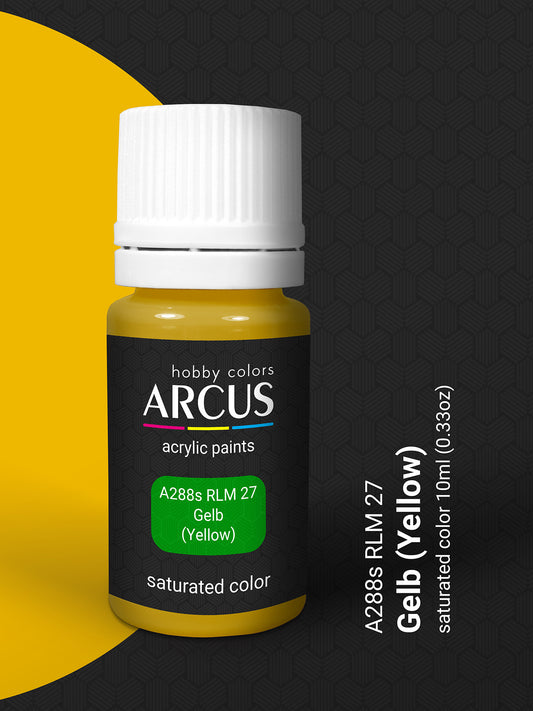 BentaVendor:Arcus HobbyRegular price $1.69 USDRegular priceUnit price per
BentaVendor:Arcus HobbyRegular price $1.69 USDRegular priceUnit price per
 BentaVendor:Arcus HobbyRegular price $1.69 USDRegular priceUnit price per
BentaVendor:Arcus HobbyRegular price $1.69 USDRegular priceUnit price per
 BentaVendor:Arcus HobbyRegular price $1.69 USDRegular priceUnit price per
BentaVendor:Arcus HobbyRegular price $1.69 USDRegular priceUnit price per
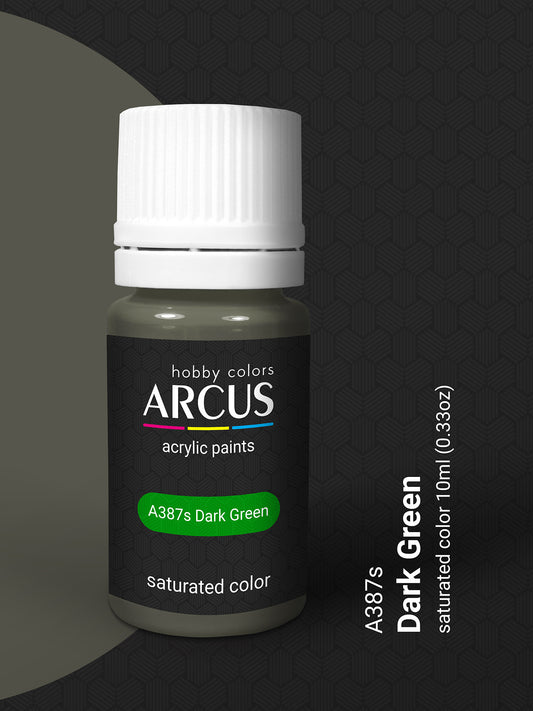 BentaVendor:Arcus HobbyRegular price $1.69 USDRegular priceUnit price per
BentaVendor:Arcus HobbyRegular price $1.69 USDRegular priceUnit price per
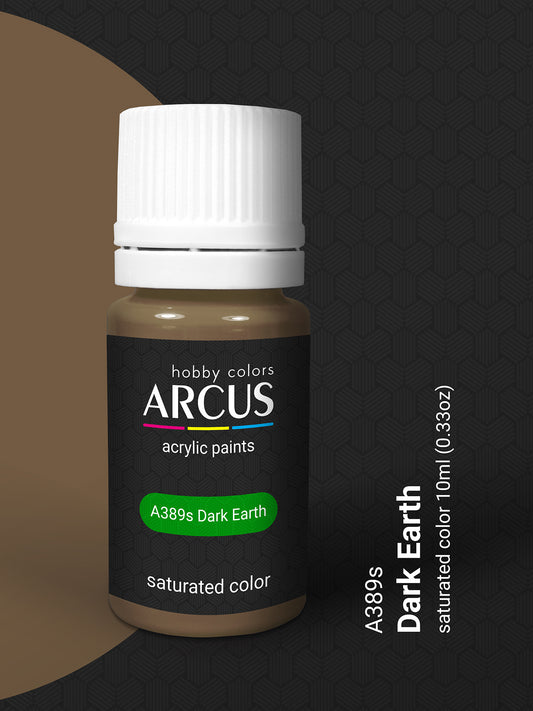 BentaVendor:Arcus HobbyRegular price $1.69 USDRegular priceUnit price per
BentaVendor:Arcus HobbyRegular price $1.69 USDRegular priceUnit price per

